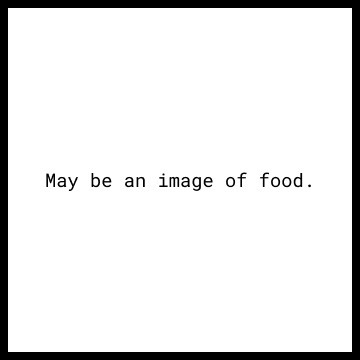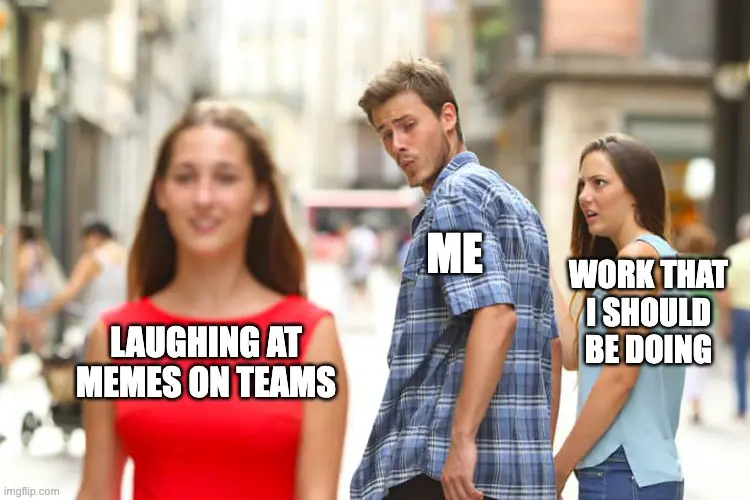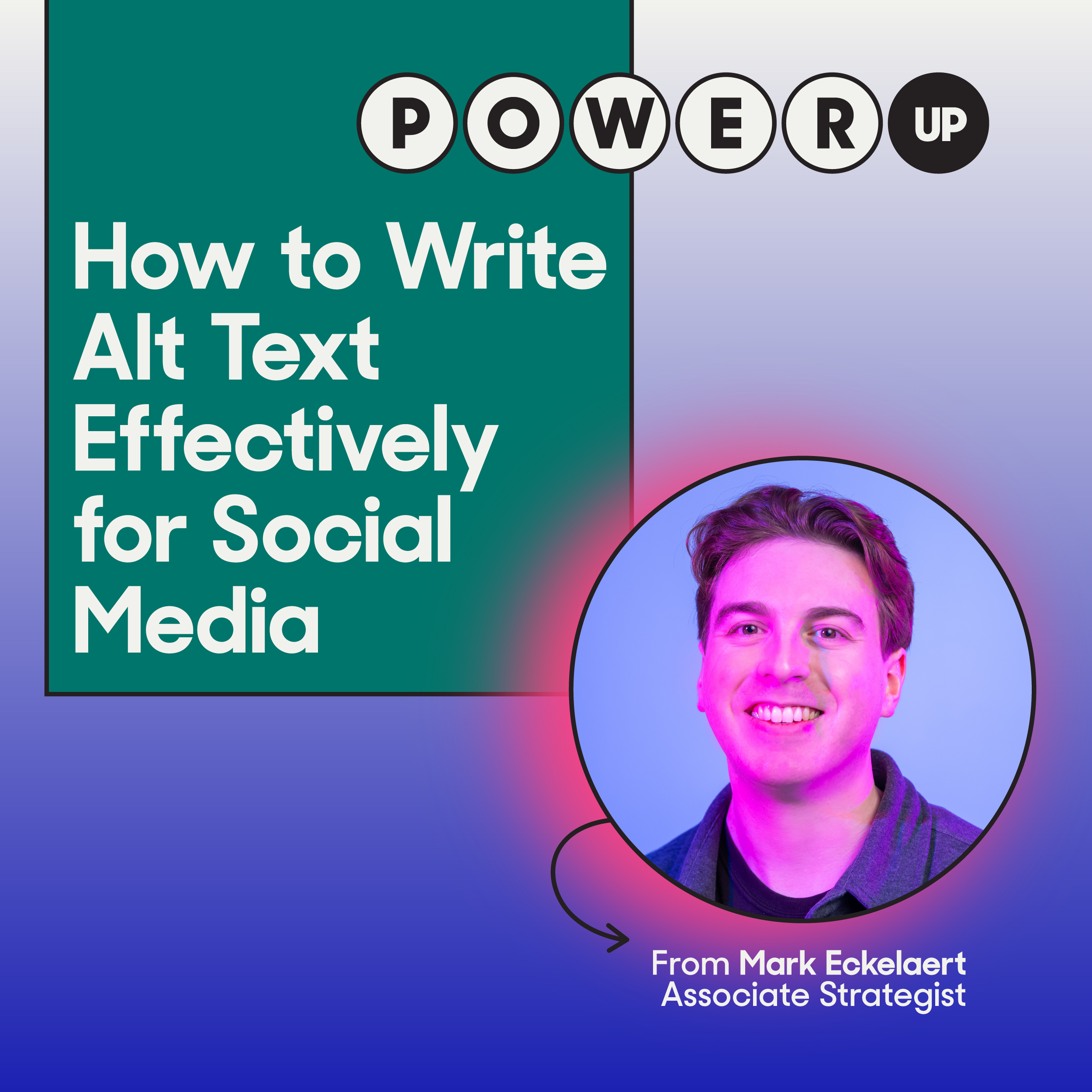As marketers, we need to keep in mind the fact that blind and visually impaired people use social media too. They use it for the same reasons sighted people do — to connect with others, keep up with trends and current events, and share opinions and experiences with the world.
As social media professionals, we strive to provide sighted people with a better experience than bland, soulless photos of our products — visually impaired people deserve a better experience than a “may be an image of food” tag.


Many of us applauded NASA’s social team for the flowery and vivid image descriptions they added to their photos. It’s not every day that a social team’s accessibility efforts are picked up by national news outlets!
But for those of us whose jobs don’t involve sharing the beauty of the cosmos with the public, alt text doesn’t need to be — and often shouldn’t be — a creative writing assignment.
The easiest way to write alt text for social media is to describe an image as you would if a friend asked you to describe it to them. It’s that easy!
How To Write Alt Text For Photos
- Keep alt text to around 125 characters.
- This is a flexible limit, but having it ensures that users won’t get bored or overwhelmed with the amount of information being read to them.
- Write in the service of providing context to relevant visual information.
- Describe parts of the image in the order that you perceive them.
- Write out any text in the photo that provides context to the subject, theme, and action of the image.
- Do not include any information that is not visible in the image.
How to Write Alt Text For Memes
Due to the unique and varied nature of memes, you’ll likely need to write more to fully convey a meme’s intended message. Here are a few handy tips:
- If applicable, always begin by writing out the in-image meme caption — the same way that you’d view the image.
- Describe who or what is in the image. Give a brief description, and be sure to call out any altered or important visual aspects.
- Explain what the subject is doing in a sentence or two.
- Give away the punchline, especially if the joke relies on a pun or visual element. Do not expect the audience to connect dots based on your descriptions alone.

Helpful Alt Text: A meme of a man walking with his girlfriend. He is clearly turning around to check out another woman, and his girlfriend appears to be upset about it. The text overlaid on the man reads “me.” Text overlaid on the girlfriend reads, “work that I should be doing.” Text overlaid on the other woman reads “laughing at memes on Teams,” implying that the user who posted the image would rather be laughing at memes on Microsoft Teams than doing their assigned work.
Unhelpful Alt Text: The distracted boyfriend meme. The man says “me.” The woman he’s with says “work that I should be doing.” The other woman says “laughing at memes on Teams.”
Writing Copy With Screen Readers In Mind
- Unless necessary for the purpose of a joke, stylistic intent, or important communication, avoid using excessive emojis in captions.
- Keep in mind that each emoji gets read out loud. So avoid unnecessary strings of emojis.
- #UseCamelCaseInHashtags. To a screen reader, it’s the only thing standing between “Lincoln Bee Oh” and “Link In Bio.”
- For longer captions, or captions that use gaps to space out information, ensure that you use proper punctuation. A run-on sentence, or a caption not broken up with periods and commas, will quickly become an indecipherable string of words.
- Avoid using “fancy” Unicode fonts from online text generators, as they often are not registered by screen readers.
Alt Text FAQ
Question: Should I mention colors?
Answer: Yes, if the colors impact the context of the photo. “A man wearing a bright blue poncho in a subway car full of gray-suited businessmen” relies on color to deliver a message, while “a woman wearing a white shirt and blue jeans cooking bacon on the stovetop” can be shortened to “a woman cooking bacon on the stovetop” without losing any impact.
Question: How do I describe people?
Answer: If the detail makes a difference in the comprehension of the image as a whole, include it in your alt text. “A young boy smiling” is likely sufficient for an image of a child enjoying an ice cream cone, while “A young brunette woman of dark complexion wearing a fashionable brown coat is smiling at the ground with her eyes closed, her hair tucked beneath a beret” is an appropriate description for an image of a fashion model.
Question: Do I need to explain characters and objects?
Answer: Blind and visually impaired people have mental references for characters and objects. You don’t need to write “a cartoon yellow kitchen sponge with a cheery face and square pants” to describe Spongebob, nor do you need to write “a thin cardboard box with an opening at the top, revealing a bag of cereal” when “a cereal box” would suffice.





